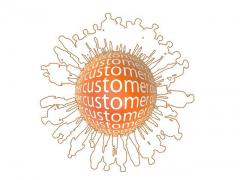
The Delancey Street Foundation has been in operation since 1971, at which time it started with a mere ten dollars (on loan), four residents, and a larger-than-life dream to help those in poverty, on drugs, former felons and others who hit bottom, turn their lives around.
Today, in 2012, the foundation has achieved a lot but is still trying to help those who have been left behind by society and have not been able to get on their feet sufficiently. Those who are in poverty, or dealing with a teen pregnancy, or cannot read or write, etc., are all looking for a better life and it is the foundation’s mission to help them achieve that.
The average time one spends at the facility is four years (they need to remain there at least two years, but most stay longer). Following that, those who have been at the Delancey Street Foundation will have gained an: “academic education, three marketable skills, accountability and responsibility, dignity, decency, and integrity.”
Thus it is clear that while there is still much work to be done, the Delancey Street Foundation is achieving its aims – helping the down and out get back on their feet and live a better quality life.




